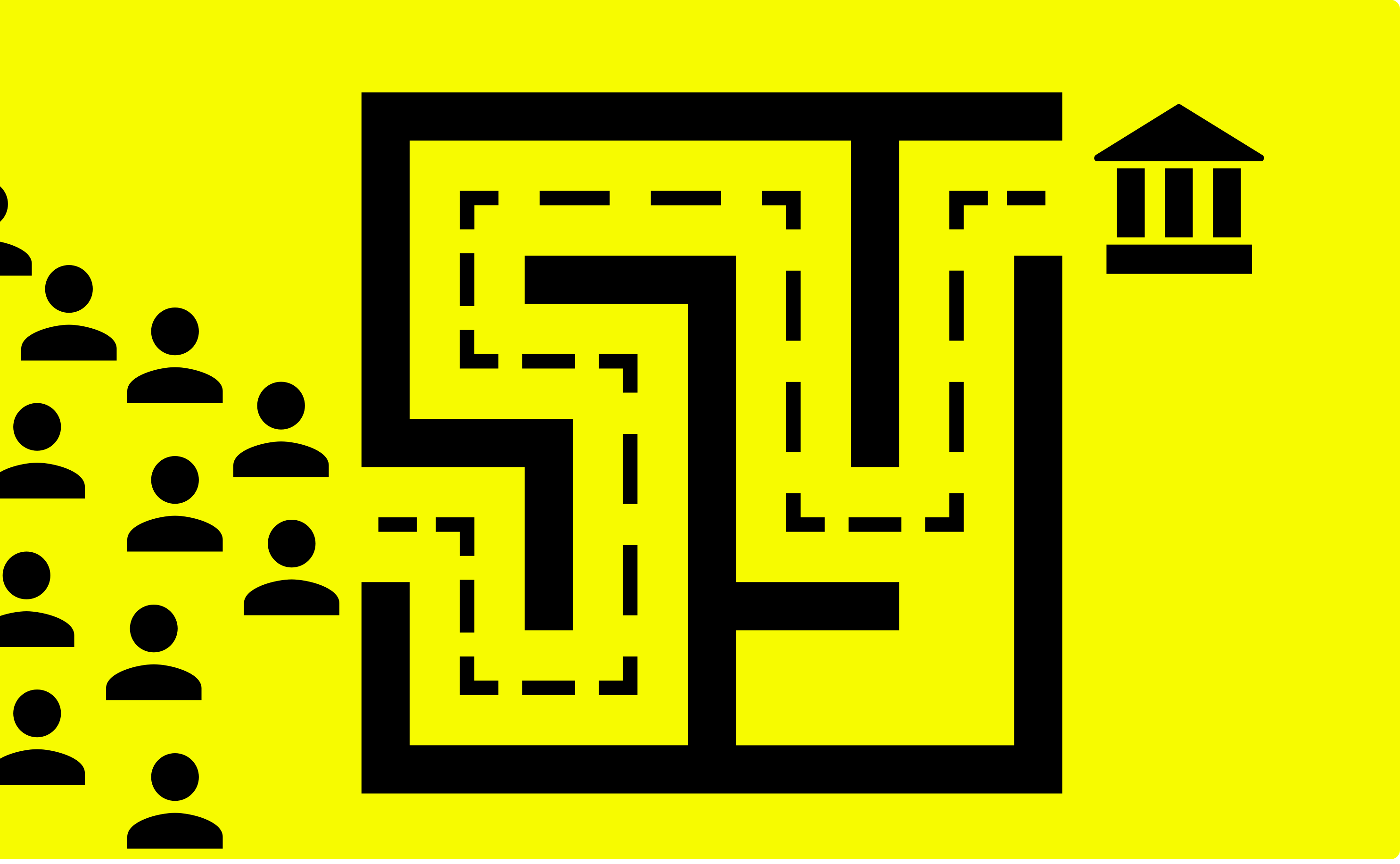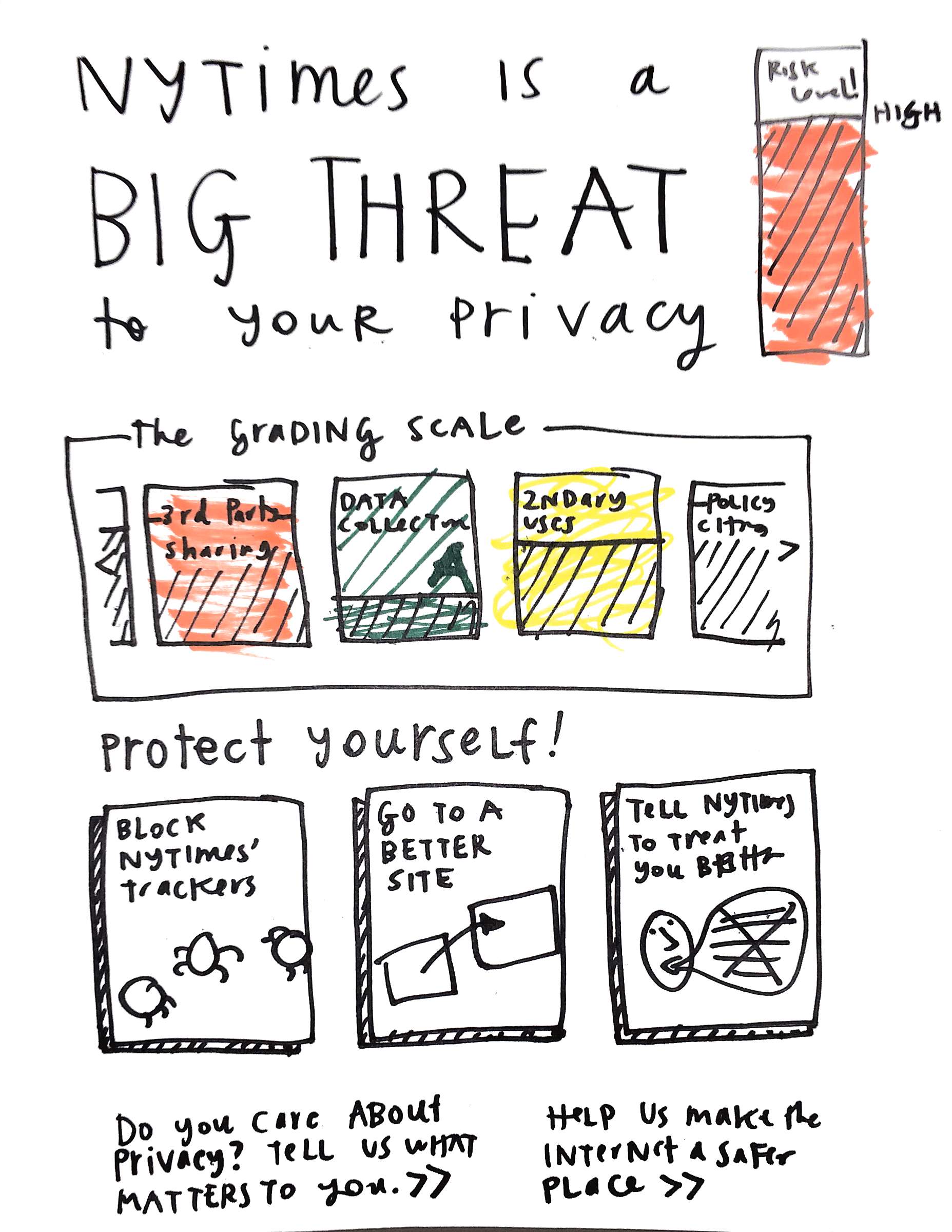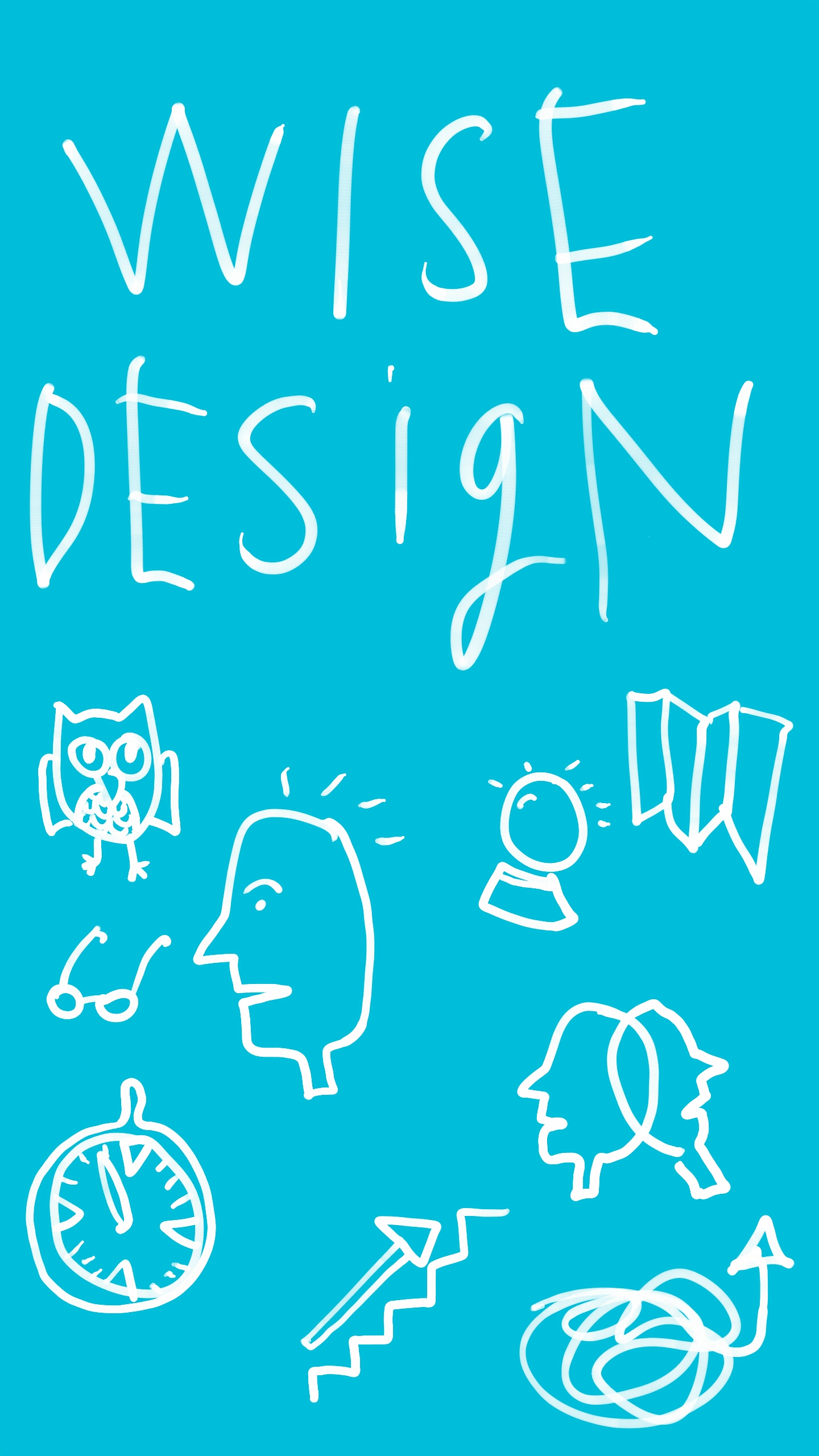Today I had the pleasure of hearing LSC President Jim Sandman speak to a conference hall full of Legal Service Providers from Floria, at the Florida 2015 Legal Aid Summit. He reinforced one big message at the end: the civil legal system in the US is dysfunctional. We need to reform it, because access to justice and provide the safety net around housing, domestic violence, family stability, recovering from debt, and dealing with employment issues. All of these other ‘social goods’ depend on a good, ‘unrationed’ civil legal system.
Right now, the legal system has been designed for lawyers by lawyers. It works okay if you are represented by a lawyer. It does not work at all if you as a layperson go through it without a lawyer. The rules of civil procedure and evidence are an impenetrable maze of failpoints for a normal person.
We need to change this system from the inside-out: the rules, the procedures, the forms, the number of steps on the process, the places you have to go, the fees you have to pay — all of it needs to be reimagined from the layperson’s perspective, from the user’s perspective.
This call from Jim Sandman is spot on. It is about creating new service modes with the system and resources we have in the legal system — and then it is about thinking macro, opening up new initiatives to change the actual legal system itself. The system does not have to be the way it is, even if it’s been like that for decades. Humans made it and humans can change it. Where can we start?





2 Comments
The problem, as I see it, is that the law is too dispersed. Most of the law is simple and logical. That logic, however, is spread across millions of cases, statutes, and other primary sources. To understand the law, you need to sort through these sources and piece together the underlying logic bit-by-bit.
The average person does not have the time or training to piece together the logic of the law for him/herself. People need direct access to the underlying logic. Those who can afford an attorney, pay hundreds of dollars to understand their legal rights. Those less fortunate have few options. It’s a major social justice issue.
Lawyers, professors, and law students are piecing together the logic of the law around the clock. But nobody has tried to gather and combine that logical mapping. There needs to be a platform that can take that research and weave it together into one coherent map of the law.
Fundamentally, it’s NOT about technology, it’s about human dynamics and ecosystems.
Started this idea of “Agile Law” nearly 10 years ago, borrowing deeply from computer software development lessons gained in “how to herd smart cats” and get stuff done. Certainly, there is innovation on my part, but the vast bulk of the idea is synthesis of applied complex adaptive ecosystem thinking. Read “Linked,” by Barabasi, which made accessible seriously deep thinking about network theory and practical observations.
“Agile Law” is about reconsidering how we construct legal teams, an attempt to be a bit more realistic about collaborative law in an adversarial system. The obvious place to apply teamwork concepts is eDiscovery, but the fanatical obsession with hardware-based technology makes this difficult. Not impossible, just difficult. Unfortunately, the Susskind prediction held sway as firms rapidly acquired expensive technology instead of looking to maximize human potential. I am optimistic, however, that we still have plenty of time before “roboting” our way out of having a viable profession.
Human-based algorithms are far more interesting anyway! Once you begin to apply Agile and Lean (Follette–>Deming–>Toyota) to the practice of law, you get companies like RocketMatter capable of applying Agile from the ground up, because their development processes are focused on inquisitive, iterative learning-based organizational paradigms.
Big words, but check them out.
Although an introductory framework is STILL coming “soon,” rather than condense it into a book, I constantly poke people to consider creating “effective teams,” to build truly iterative processes and to look for alternatives to heroics in the provision of legal services. There’s a bunch of stuff sprinkled around the web for those interested. loads of great blog posts comments are definitely coming, because there are plenty of folks grappling with these thoughts and issues.
The problem may be that too many (of us) are advocating for change within our comfortable silos. For the principle of “emergence” to really flower we need to come together without charging $1000 for a weekend as the price of access. Complexity can be threatening…but the failure to do so continues to hamper e.g. diversity efforts.
In ADR, I thought of it in terms of “human trigonometry” models of logical interactions that create trends and predictable waves of behavior, while simultaneously suggesting ways of intentionally shifting outcomes. Far more intriguing applications of game theory than those that push people into binary outcomes are entirely possible.
Renee Mangin wrote about it clearly in terms of understanding how humans think. Mary Parker Follette was on this in her pioneering work in management theory nearly 100 years ago, even though Taylorism seems to have won more points. Kenneth Cloke is a master and highly accessible.
In terms of complex systems, look to Prof. Fowler, who has loads of legal studies out in addition to the happiness work. More recently, the person most integrating these ideas is Donald Sull from MIT. Highly recommend reading his stuff.
Long story short, there are plenty of folks out here thinking things through. Working together while working apart is a distributed leadership model, but eventually we should do more note comparisons.
Agile Law Institute will be a virtual community and website to explore these ideas. Please look for it in early 2016.